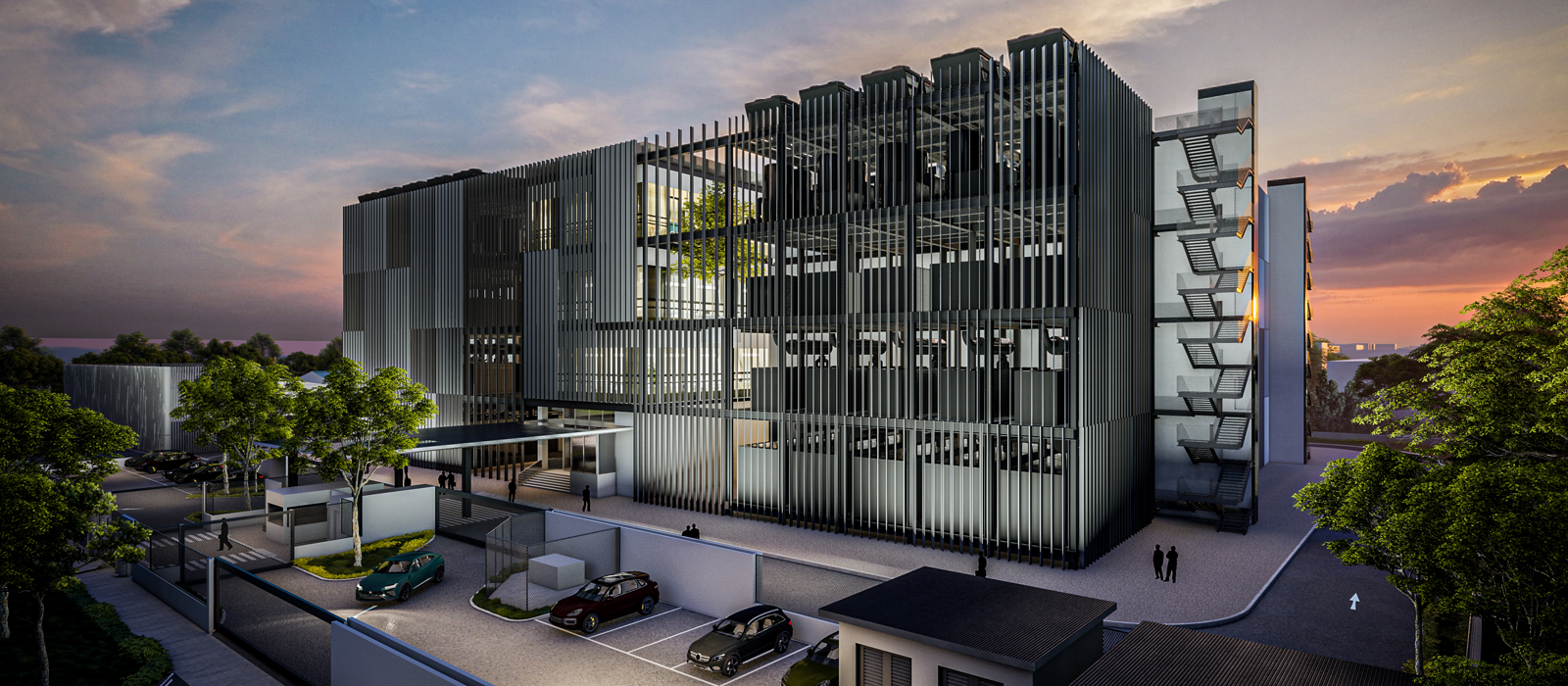
The COVID-19 situation has seen the reallocation of most online activities, leading to the rapid expansion of digital services. One good example is Zoom, with an increase of almost 200 million daily active users since the onset of the pandemic. The platform has seen growth of approximately 20 times more than pre-COVID-19 numbers and this sudden upsurge in digitalization has contributed to about five years worth of data growth.
Research from McKinsey & Company found that since the onset of COVID-19, companies felt digital interactions were two times more important to their customers than traditional sales interactions and almost 90 percent of sales have moved to a videoconferencing or web sales model. As tolerance for information latency decreases, data centers play a huge part in ensuring efficient transmission, placing them under great demand. Furthermore, should the issue of downtime arise, these facilities holding critical information will incur financial losses for businesses. Therefore, backup, redundancy, and resiliency should be set up to ensure 99.995 percent uptime.
Opening a Data Center
Despite the challenges to supply lines and build during this pandemic, SpaceDC’s JAK2 went live in September and will break ground for JAK1 on 28 October. This promised schedule is especially timely in a world expediting toward digitalization, notably Asia, the fastest growing region in data usage. According to Structure Research, the data center colocation market for Asia-Pacific will increase at an expected annual growth rate of 12.2 percent from 2018 to 2024, a number that will only accelerate with the current situation. This further supports SpaceDC’s data center expansion plans in the Asia market.
The world has been pressing for speed since lockdown commenced and many activities are now heavily reliant on the network, leaving people impatient when faced with a lag. The larger cloud companies and e-commerce payment gateways have developed a methodology of decentralizing their data center footprint so they can always service their customers 24/7 even if one of the data centers they are in goes down. That said, JAK1 and JAK2 can serve as a decentralized data center in Indonesia and with its expansion plans fuel the data capacity in Jakarta by 50 percent. This strategy can benefit local companies, especially telcos in Indonesia under the pressure to provide faster and more reliable services as the demand for data increases.
Progress Amidst the Pandemic
Redundancy and resiliency have always been SpaceDC’s top priority and a big part of it can be attributed to planning, a rigorous tender process, and a strong core team. Internationally renowned vendors with a proven in-country team are chosen to help with the commissioning and ongoing maintenance. As part of business continuity planning (BCP), SpaceDC looked at what could happen and how to mitigate that risk for their customers and give them confidence in the partnership.
Despite being under pandemic measures, we have now completed our revitalization project in Jakarta because of our deployment in digital technology and online innovation. Our systems, processes, and monitoring tools are set up in a manner that can be remotely accessed anywhere by approved staff with Internet connection.
Businesses deserve to have the best in the market and should not settle for anything less because the data center for them today must also be the right one for them tomorrow.
About Carolyn Harrington
Carolyn comes with 23 years of experience developing systems and processes effectively with a multimillion revenue budget driving net profit of close to 20 percent. Carolyn is part of the senior leadership team and her role is to keep businesses at SpaceDC performing at its peak. She oversees not only the overall operations of the data centers but also SpaceDC’s commercial arm including sales, human resources, legal, and marketing. To find out what SpaceDC can do for you, click here.


 Carolyn Harrington
Carolyn Harrington





